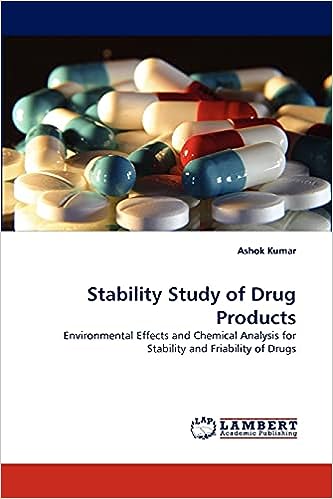Introduction to Shelf-life and Expiration Dating
Shelf-life refers to the period during which a drug product maintains its intended quality, potency, and safety under defined storage conditions. Expiration dating is the date assigned to a drug product, indicating the end of its shelf-life and the time after which it should not be used.
Shelf-life Determination
Shelf-life determination involves conducting stability studies to assess the stability profile of a drug product under various storage conditions. Key steps in shelf-life determination include:
- Stability Testing: Conducting long-term, accelerated, and intermediate stability studies to monitor changes in the chemical, physical, and microbiological attributes of the drug product over time.
- Data Analysis: Analyzing stability data to establish degradation kinetics, identify critical degradation pathways, and predict the shelf-life of the product based on predefined acceptance criteria.
- Shelf-life Estimation: Estimating the shelf-life of the drug product using statistical methods, such as regression analysis or extrapolation of degradation kinetics, to determine the time point at which the product’s attributes deviate from specifications.
- Setting Expiration Date: Assigning an expiration date to the drug product based on stability data and regulatory requirements, considering factors such as storage conditions, container closure systems, and intended use.
Regulatory Considerations
Regulatory agencies, such as the U.S. Food and Drug Administration (FDA) and the European Medicines Agency (EMA), provide guidelines and requirements for shelf-life determination and expiration dating. Key considerations include:
- ICH Guidelines: Following International Council for Harmonisation (ICH) guidelines, such as ICH Q1A(R2) and ICH Q1E, for stability testing, data analysis, and setting expiration dates.
- Regulatory Submissions: Providing stability data as part of regulatory submissions, including New Drug Applications (NDAs), Marketing Authorization Applications (MAAs), and product registrations, to demonstrate product stability and support expiration dating.
- Labeling Requirements: Ensuring compliance with labeling requirements, including the inclusion of the expiration date on drug product labels, packaging inserts, and outer packaging, to inform consumers and healthcare professionals about product shelf-life.
- Post-approval Changes: Reporting post-approval changes related to shelf-life, storage conditions, or expiration dating to regulatory authorities and obtaining approval for modifications to product labeling or specifications.
Conclusion
Shelf-life determination and expiration dating are essential aspects of pharmaceutical development and regulatory compliance. By conducting comprehensive stability studies and adhering to regulatory guidelines, pharmaceutical companies ensure the quality, safety, and efficacy of drug products throughout their shelf-life.

